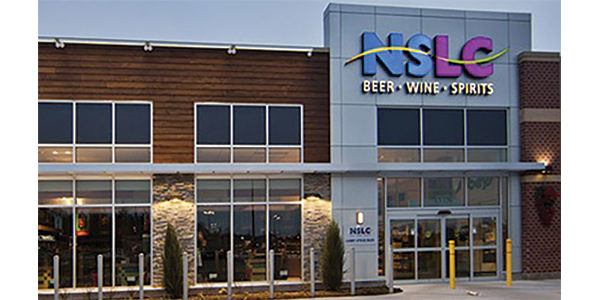Thinking inside the box

As a Crown corporation, the Nova Scotia Liquor Corp. (NSLC) may operate under government oversight, but it's subject to the same consumer-driven trends as any private-sector retailer. The need to respond to those trends while serving two distinctly different types of retail outlets and a wholesale customer base created some challenges for the company's distribution center (DC), which is located in Halifax.
NSLC, which sells alcoholic beverages throughout Nova Scotia, owns and operates 106 "corporate" stores. To keep up with consumers' changing tastes and expectations, the stores are stocking a wider variety of products than in the past while adopting new approaches to store layout, customer service, and merchandising. NSLC also supplies 60 "agency" stores that are authorized to sell alcohol. Agency stores, many of which are small family-owned businesses, order a limited assortment in small quantities on a weekly basis.
These conditions have led to stock-keeping unit (SKU) proliferation, including more slow-moving SKUs than in the past, as well as changes in how product is received, stored, and picked. For example, for the agency stores, NSLC typically picks single cases and individual bottles. Furthermore, because Canadian ergonomics regulations limit the weight a worker can lift to 18 kilos (about 40 pounds), many products must be shipped in less-than-palletload quantities. As a result, the DC increasingly had to store pallets holding only one or two layers of product. All of those changes meant "less bulk picking across a greater number of SKUs, and a greater number of articles with smaller quantities on both inbound and outbound," says Brad Doell, vice president, supply chain, procurement, and facilities.
The DC was mostly doing floor-level picking from two locations, one above the other. These slots were 48 inches deep but only 30 inches high because of rack modifications to accommodate the growing number of partial pallets. While those modifications did create more slots, they were difficult for operators to maneuver in.
The end result was a DC that was becoming inefficient and was running out of space. Expansion was not an option, so Doell and his colleagues turned to their Raymond-authorized sales and service center, G.N. Johnston Equipment, for ideas on how to store more inventory in the same amount of space. The solution they chose was to convert two 11-foot-wide aisles to three very narrow aisles (VNAs) that are just six and a half feet wide, a move that would give the DC an additional aisle of storage. The new configuration created 1,000 new pallet positions in a vertical pick configuration, a gain of about 30 percent in the facility's capacity.
The VNA area largely handles slow movers that arrive and are stored on pallets but are picked as "eaches" or by the case. To serve that area, G.N. Johnston brought in two Model 9600 Swing-Reach turret trucks. The new trucks are flexible both horizontally and vertically, and allow operators to pick either side of an aisle. The trucks' paths are controlled by Raymond's "intelliguide" wire guidance system, which simplifies the drivers' job. "Once the operators are locked on the wire, they can concentrate on the task of horizontal and vertical movement and selecting product," Doell says.
NSLC's warehouse employees were instrumental in planning the new layout's design and product placement, Doell notes. "They are the ones doing the work, so their input was very important," he says. "By having a say, they also had buy-in and an understanding of what we were trying to accomplish with the ergonomics and capacity improvements."
Doell is satisfied with NSLC's investment in the new aisle configuration and equipment. "It's a great way to better utilize the existing box," he says. "If and when we need to bring in more items, we know we have a solution that works and that we can add to it with no problem."
Related Articles
Copyright ©2024. All Rights ReservedDesign, CMS, Hosting & Web Development :: ePublishing